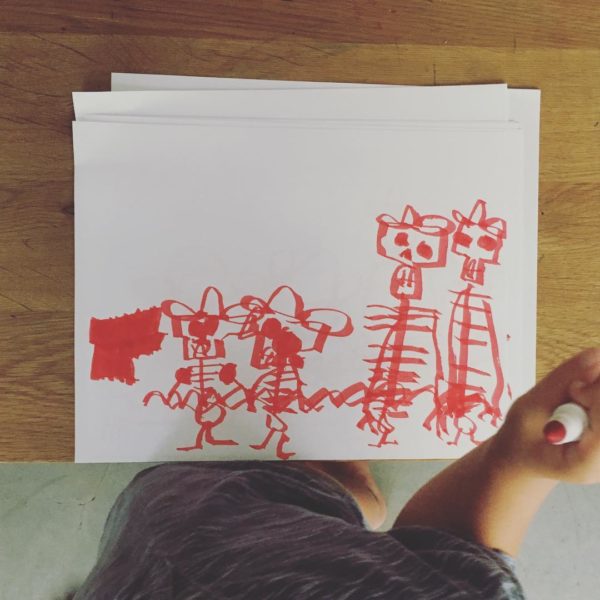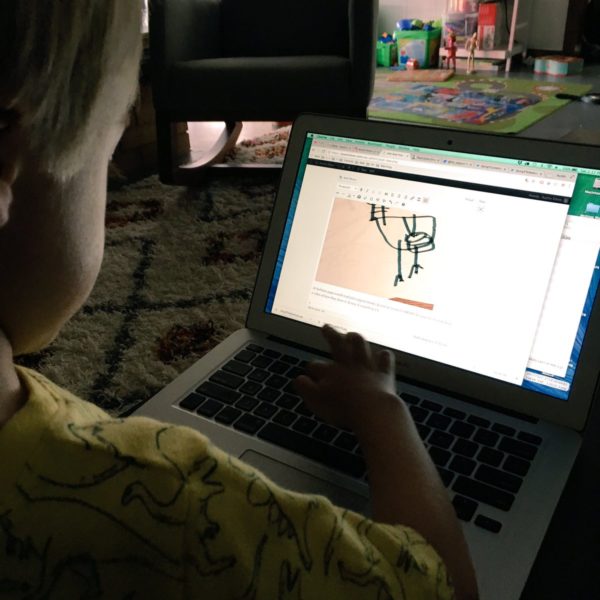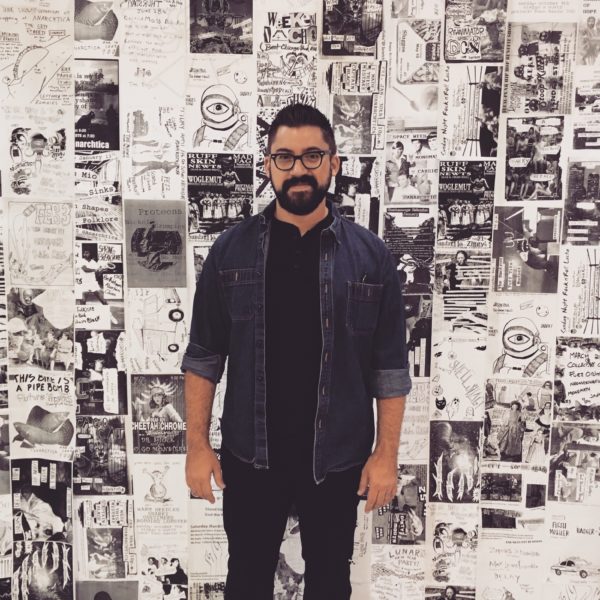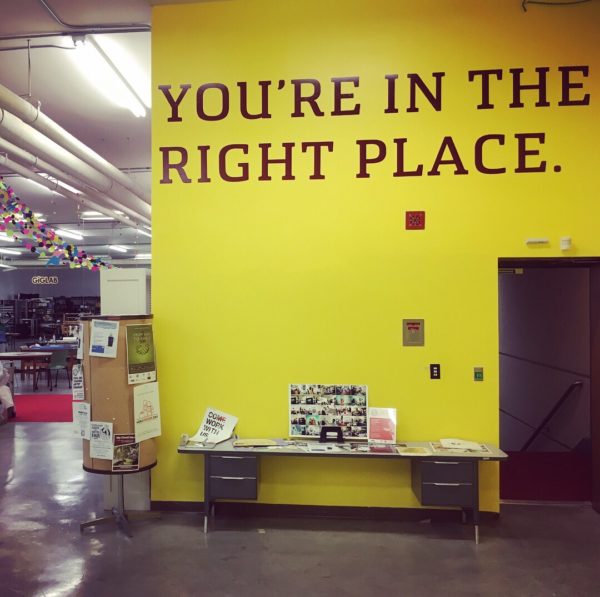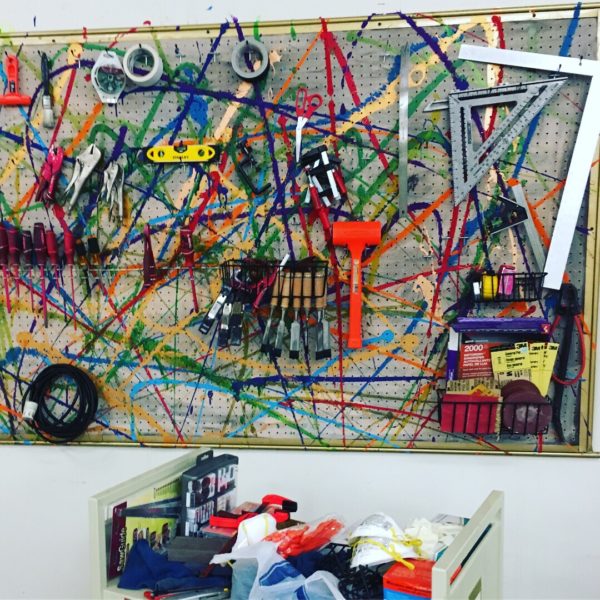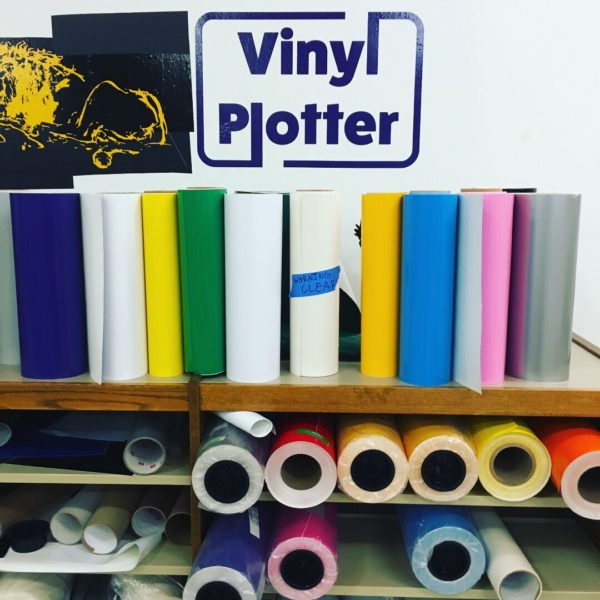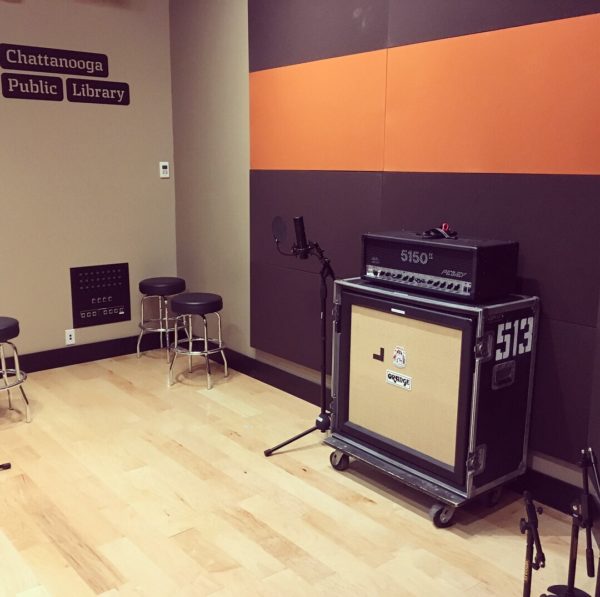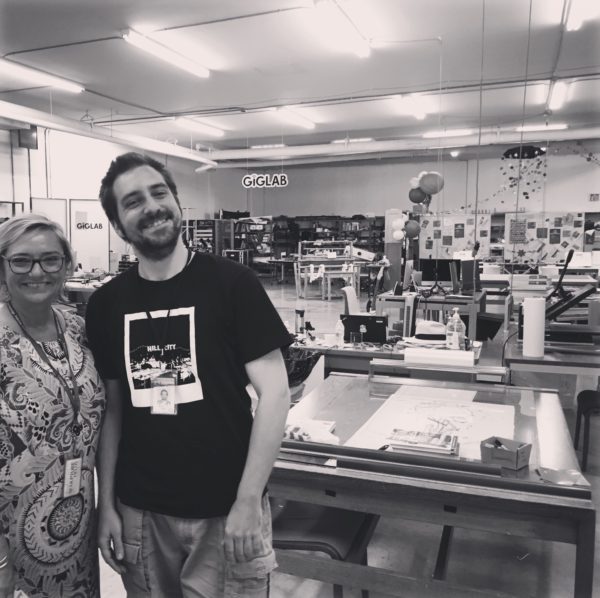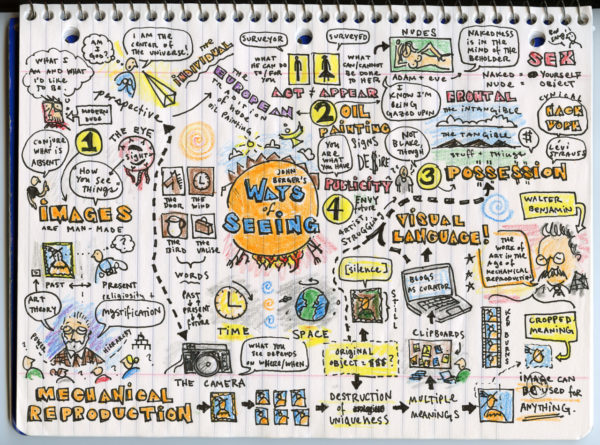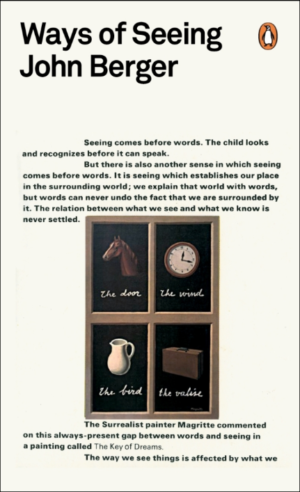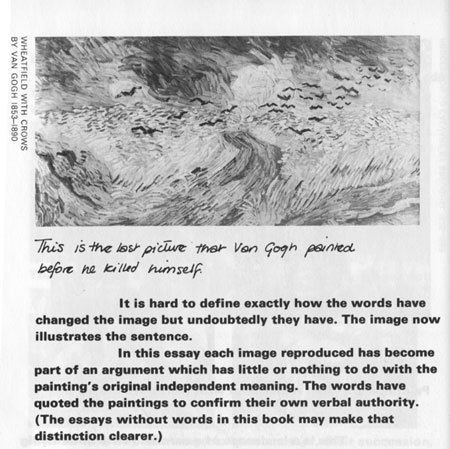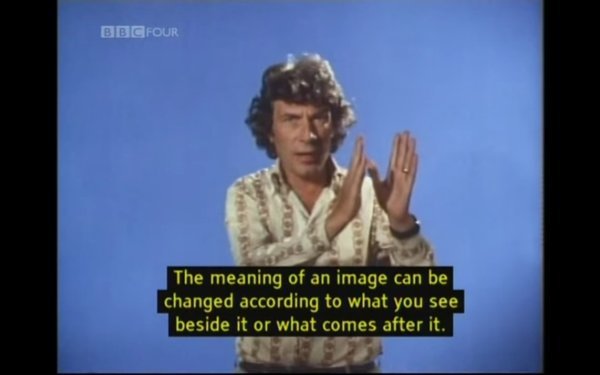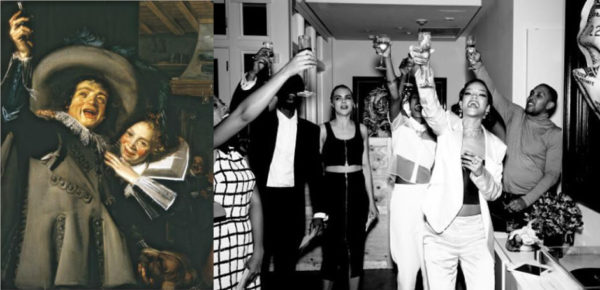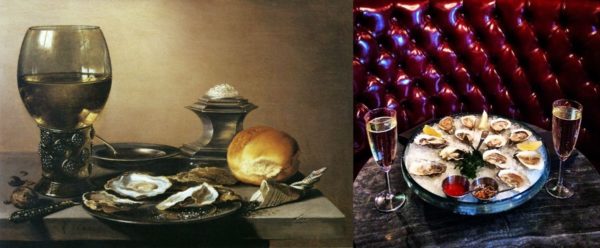
My wife got me a legit Dobsonian telescope for my birthday, but, as they say, you buy a new telescope you also buy a week of rain. Saturday night it was finally clear enough for a few hours around sunset to try it out on the waxing gibbous.
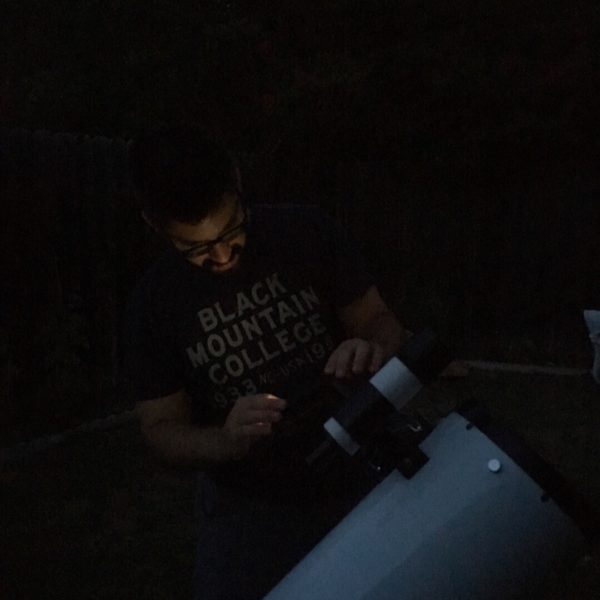
After mistakenly trying to use both the 1.5″ and 2″ eyepiece adapters, we got it set up and it was so, so cool. I felt giddy looking at the moon in such detail.
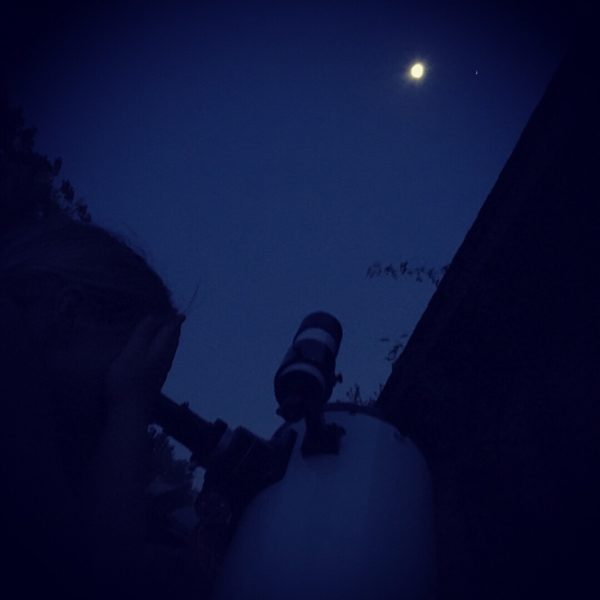
Then, maybe even cooler, we put the 10mm eyepiece on and pointed it at Jupiter — holy moly. We could see the bands and even 3 of the moons. (Took me back to my freshman year of college, trying to prove Kepler’s laws of planetary motion.) What a wonderful way to spend a summer evening.

Now I look forward to digging into my copies of Turn Left at Orion and NightWatch and finding some new stuff to point it at…
